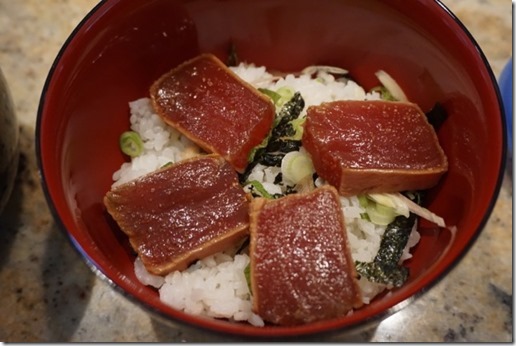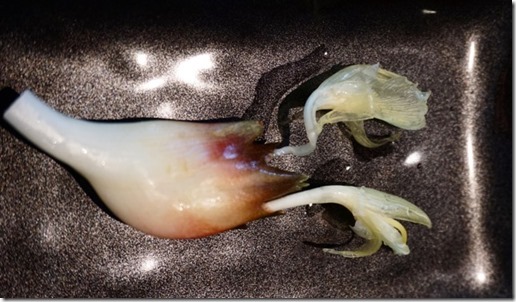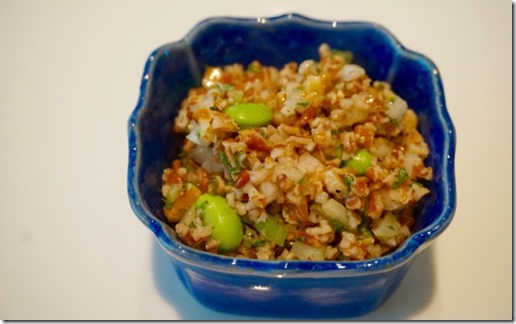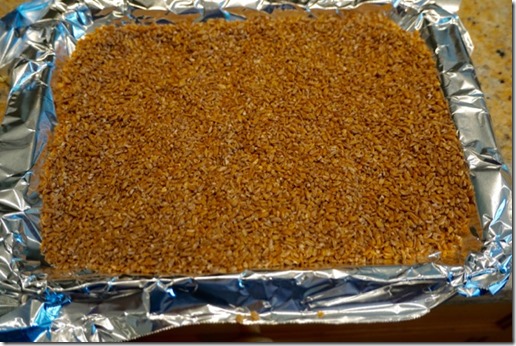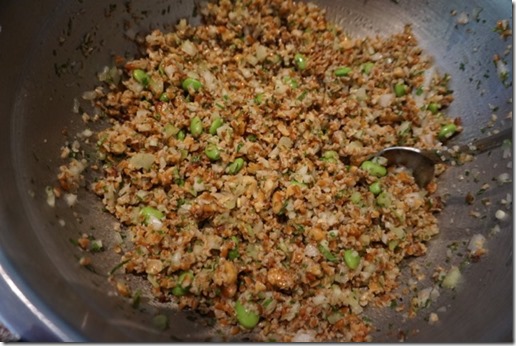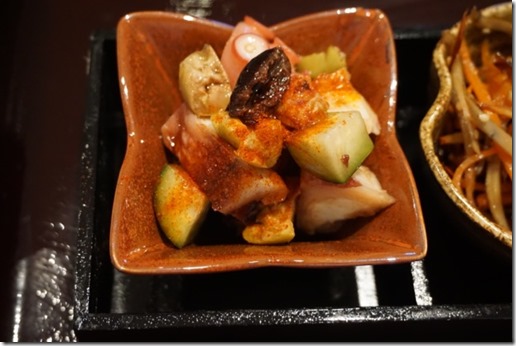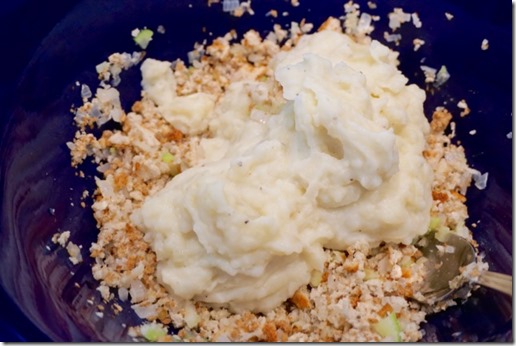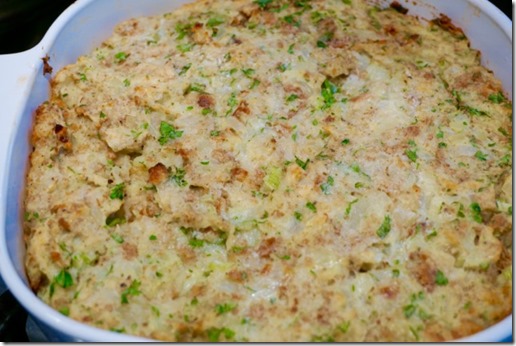During this DC summer, we happened to have a rare low-humidity-not-too-hot couple of days. Since mosquitos on these days were less aggressive, we decided to have sanma 秋刀魚 (Pacific saury) grilled outside. I have
pontificated about sanma previously so I will not repeat myself. I got frozen sanma from our Japanese grocery store but I am not sure if this came from Japan or somewhere else. It was still early in the sanma season in Japan (the catch had just started in Hokkaido) and these may not have come from Japan.
In any case, I charred the fish a bit too much. It tasted good, though. I served it with traditional grated daikon. This time I gutted the fish but left the head just for esthetics. I even found a long plate which accommodated sanma in one piece. The plate was made by one of the local artists which we got at one of their yearly sales.

I also grilled Japanese pepper "shishi-tou" 獅子唐芥子 (miraculously none was atomically hot) and fresh shiitake mushroom. I brushed the shiitake with olive oil and after I turned the gill side up, I poured a small mount of soy sauce on just before removing from the grill.

Using lump charcoal and
Looft lighter, it is easy and mess free to prepare the fire in our
yakitori grill.

Within 15 minutes, fire was ready.

I cleaned and gutted the sanma after thawing. I salted and placed them on a paper-towel lined aluminum pan and kept them (uncovered) in the refrigerator for several hours before grilling.

The fire was a bit stronger than I intended and the skin charred rather quickly.
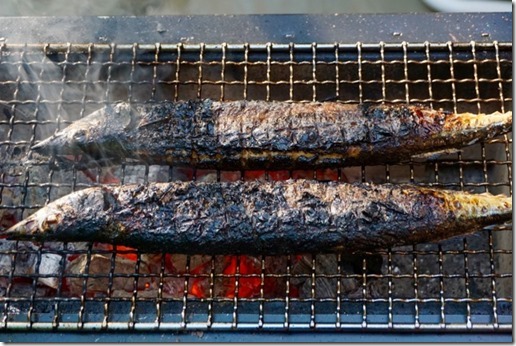
I brushed olive oil and then salted shishi-tou before grilling. It took only few minutes on each side to grill.

This was a definitely bonus day for us as we could grill sanma outside.






